By Zez Confrey
© 1921 by Jack Mills Inc.
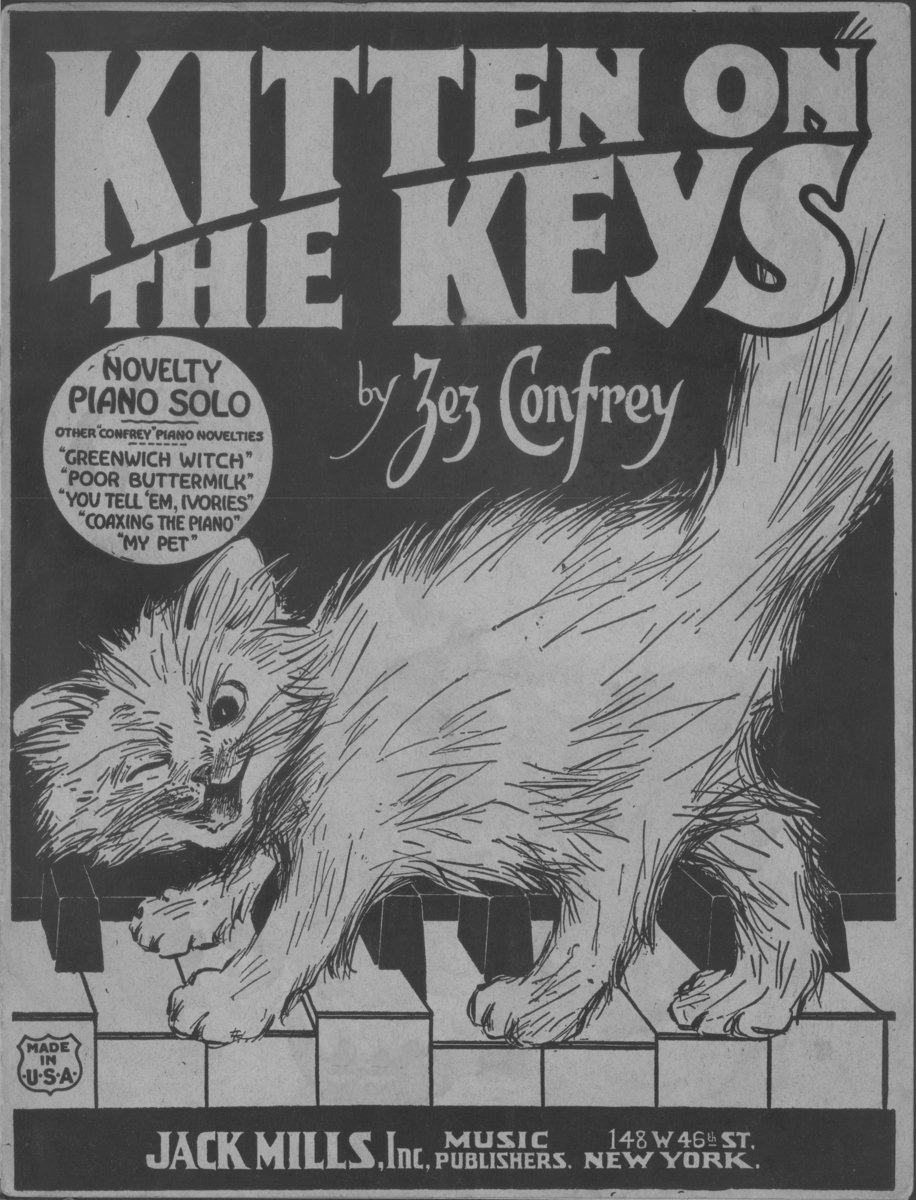
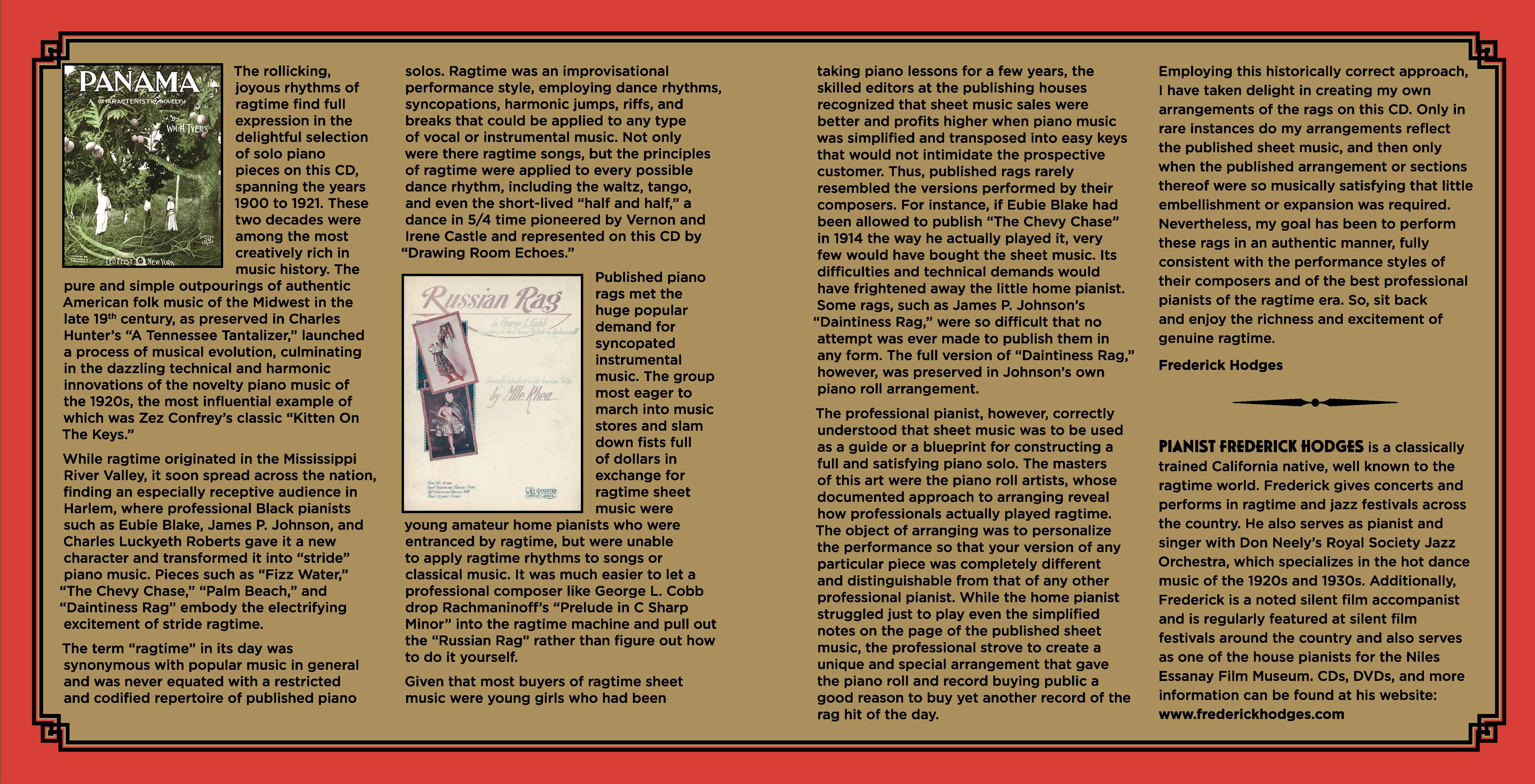
The rollicking, joyous rhythms of ragtime find full expression in the delightful selection of solo piano pieces on this CD, spanning the years 1900 to 1921. These two decades were among the most creatively rich in music history. The pure and simple outpourings of authentic American folk music of the Midwest in the late 19th century, as preserved in Charles Hunter’s “A Tennessee Tantalizer,” launched a process of musical evolution, culminating in the dazzling technical and harmonic innovations of the novelty piano music of the 1920s, the most influential example of which was Zez Confrey’s classic “Kitten On The Keys.”
While ragtime originated in the Mississippi River Valley, it soon spread across the nation, finding an especially receptive audience in Harlem, where professional Black pianists such as Eubie Blake, James P. Johnson, and Charles Luckyth Roberts gave it a new character and transformed it into “stride” piano music. Pieces such as “Fizz Water,” “The Chevy Chase,” “Palm Beach,” and “Daintiness Rag” embody the electrifying excitement of stride ragtime.
The term “ragtime” in its day was synonymous with popular music in general and was never equated with a restricted and codified repertoire of published piano solos. Ragtime was an improvisational performance style, employing dance rhythms, syncopations, harmonic jumps, riffs, and breaks that could be applied to any type of vocal or instrumental music. Not only were there ragtime songs, but the principles of ragtime were applied to every possible dance rhythm, including the waltz, tango, and even the short-lived “half and half,” a dance in 5/4 time pioneered by Vernon and Irene Castle and represented on this CD by “Drawing Room Echoes.”
Published piano rags met the huge popular demand for syncopated instrumental music. The group most eager to march into music stores and slam down fists full of dollars in exchange for ragtime sheet music were young amateur home pianists who were entranced by ragtime, but were unable to apply ragtime rhythms to songs or classical music. It was much easier to let a professional composer like George L. Cobb drop Rachmaninoff’s “Prelude in C Sharp Minor” into the ragtime machine and pull out the “Russian Rag” rather than figure out how to do it yourself.
Given that most buyers of ragtime sheet music were young girls who had been taking piano lessons for a few years, the skilled editors at the publishing houses recognized that sheet music sales were better and profits higher when piano music was simplified and transposed into easy keys that would not intimidate the prospective customer. Thus, published rags rarely resembled the versions performed by their composers. For instance, if Eubie Blake had been allowed to publish “The Chevy Chase” in 1914 the way he actually played it, no one would have bought the sheet music. Its difficulties and technical demands would have frightened away the little home pianist. Some rags, such as James P. Johnson’s “Daintiness Rag,” were so difficult that no attempt was ever made to publish them in any form. The full version of “Daintiness Rag,” however, was preserved in Johnson’s own piano roll arrangement.
The professional pianist, however, correctly understood that sheet music was to be used as a guide or a blueprint for constructing a full and satisfying piano solo. The masters of this art were the piano roll artists, whose documented approach to arranging reveal how professionals actually played ragtime. The object of arranging was to personalize the performance so that your version of any particular piece was completely different and distinguishable from that of any other professional pianist. While the home pianist struggled just to play even the simplified notes on the page of the published sheet music, the professional strove to create a unique and special arrangement that gave the piano roll and record buying public a good reason to buy yet another record of the rag hit of the day.
Employing this historically correct approach, I have taken delight in creating my own arrangements of the rags on this CD. Only in rare instances do my arrangements reflect the published sheet music, and then only when the published arrangement or sections thereof were so musically satisfying that little embellishment or expansion was required. Nevertheless, my goal has been to perform these rags in an authentic manner, fully consistent with the performance styles of their composers and of the best professional pianists of the ragtime era. So, sit back and enjoy the richness and excitement of genuine ragtime.
Frederick Hodges
Liner Notes Copyright 2007 by Frederick
Hodges
1. Kitten On The Keys
By Zez Confrey
© 1921 by Jack Mills Inc.

2. You Tell 'Em Ivories
By Zez Confrey
© 1921 by Jack Mills Inc.

3. The Blue Grass Rag: One Step
By Chas. Straight
© 1918 by the Joe Morris Music
Co.

4. Buffalo Means Business: March
& Two Step
Music by George L. Cobb
Text by Louis C. Snyder
© 1909 by Louis C. Snyder
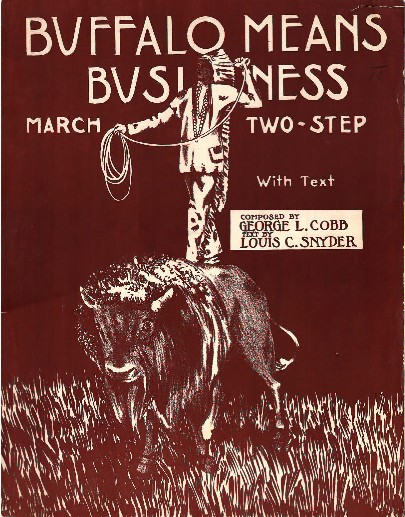
5. That Hindu Rag
By George L. Cobb
© 1910 by Walter Jacobs

6. Russian Rag
By George L. Cobb
© 1918 by Will Rossiter
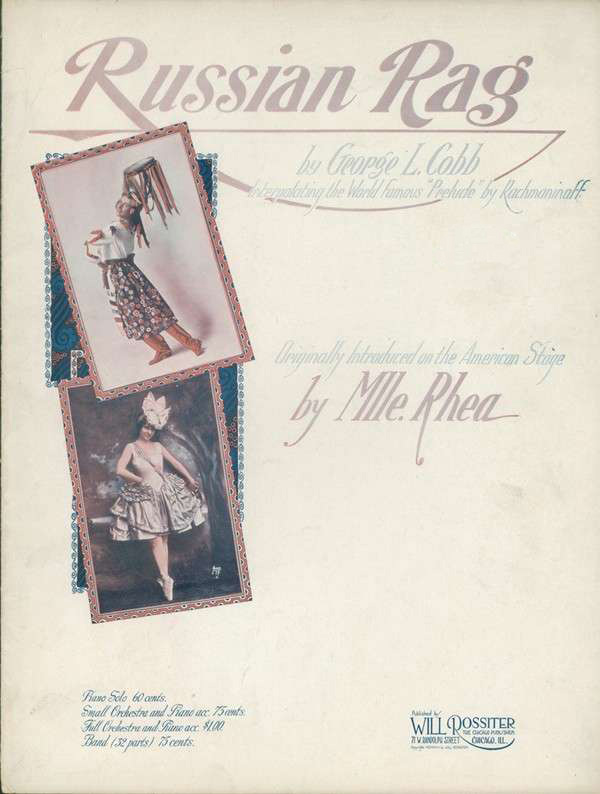
7. Cucumber Rag: March & Two
Step
By W.C. Powell
© 1910 by the Joseph Morris
Co.
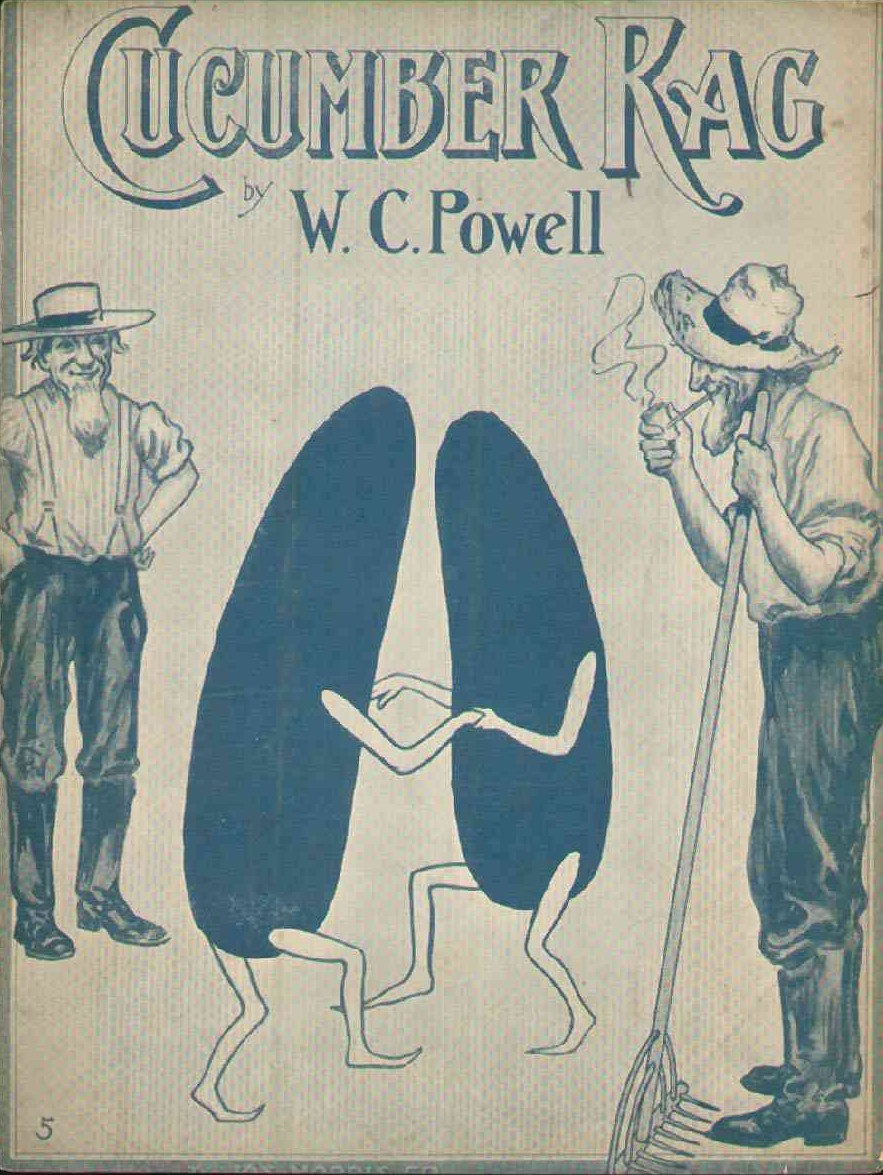
8. Daintiness Rag
By James P. Johnson
unpublished circa 1918
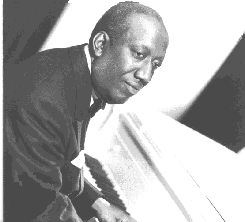
9. The Maurice Walk
By Paul Biese and F. Henri Klickmann
© 1913 by Will Rossiter
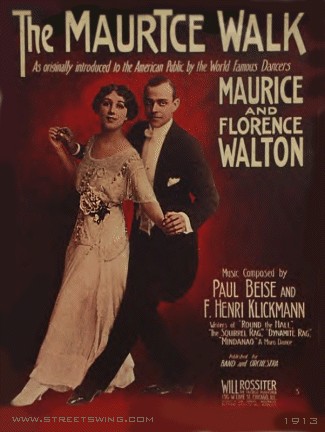
10. Drawing Room Echoes: Half
and Half
By F. Henri Klickmann
© 1914 by Will Rossiter
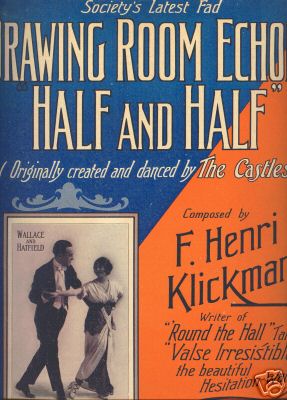
11. Smiles and Chuckles: Rag One-Step
By F. Henri Klickmann
© 1917 by Frank K. Root &
Co.

12. Kinklets: Two Step
By Arthur Marshall
© 1906 by John Stark &
Sons
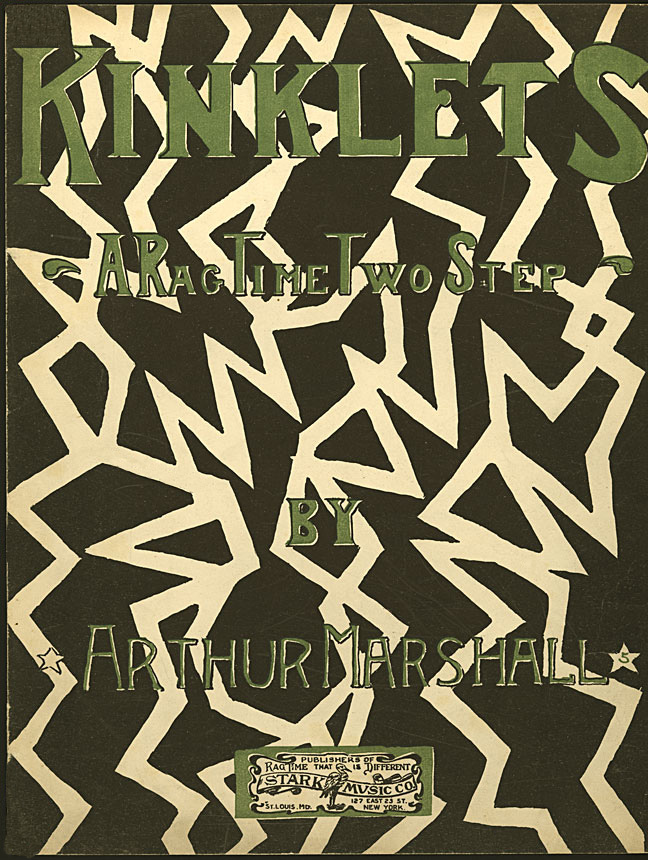
13. The Pippin: A Ragtime Two-Step
By Arthur Marshall
© 1908 by Stark Music Printing
and Pub. Co.

14. Novelty Rag
By May Aufderheide
© 1911 by J.H. Aufderheide

15. Panama: A Characteristic Novelty
By William H. Tyers
© 1911 by Leo Feist

16. A Tennessee Tantalizer
By Chas. Hunter
© 1900 by H.A. French
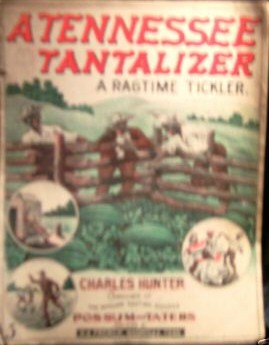
17. Palm Beach: Fox Trot
By C. Luckyth Roberts
© 1914 by Jos. W. Stern &
Co.
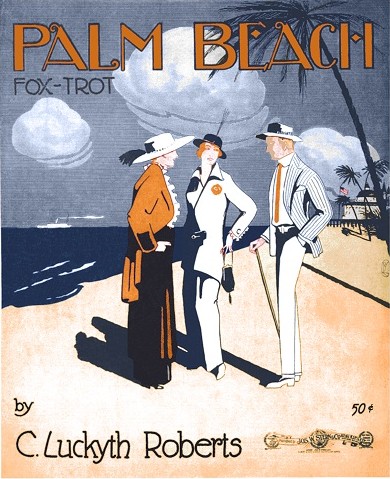
18. Fizz Water: Trot and One Step
By J. Hubert “Eubie” Blake
© 1914 by Jos. W. Stern &
Co.

19. The Chevy Chase: Fox Trot
By J. Hubert “Eubie” Blake
© 1914 by Jos. W. Stern &
Co.

Pianist Frederick Hodges is
a classically trained California native, well known to the ragtime world.
Frederick gives concerts and performs in ragtime and jazz festivals across
the country. He also serves as pianist and singer with Don Neely’s Royal
Society Jazz Orchestra, which specializes in the hot dance music of the
1920s and 1930s. Additionally, Frederick is a noted silent film accompanist
and is regularly featured at silent film festivals around the country and
also serves as one of the house pianists for the Niles Essanay Film Museum.
CDs, DVDs, and more information can be found at his website: www.frederickhodges.com
Credits
Recording Date:
October 16, 2007
Recording Location:
PianoMania Music,
PO Box 1258, Rocklin, CA 95677
www.pianomania.com
Recording Engineer:
Richard Riley
Mastering:
Steven Johnson
Pianodude Productions
Sacramento, CA
Cover Photograph:
Laurie Gordon
San Francisco, CA
www.martinimusic.com/lauriegordon.htm
Producer:
Frederick Hodges Music Productions
Inc.
PO Box 5815, Berkeley, CA 94705
www.frederickhodges.com